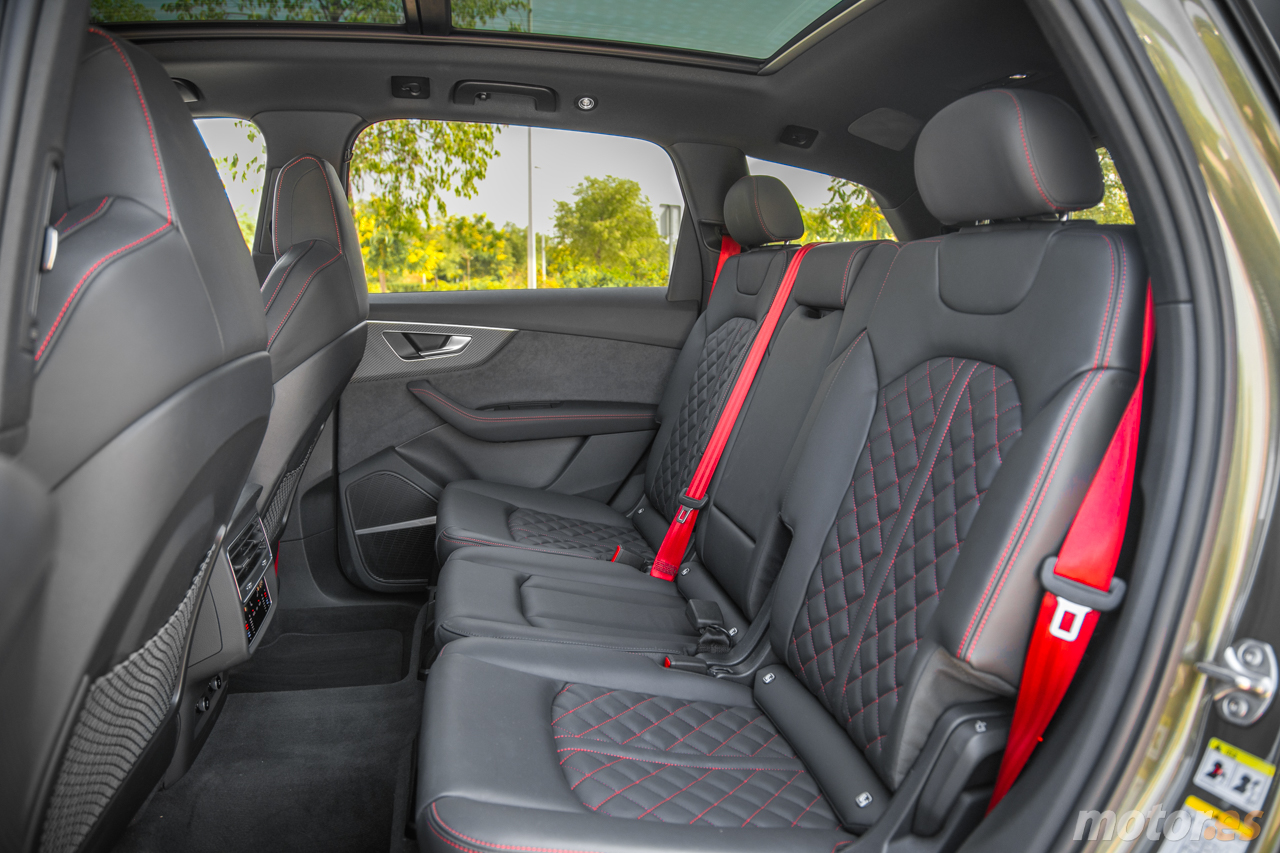I have tested the most powerful Audi Q7 in history, an SUV with 507 horsepower that has little reason and a lot of passion
The Q7 is not Audi's best-selling SUV, but it is one of its most important figures. The large all-terrain vehicle remains relevant despite being on the market for many years. Time does not pass for it.
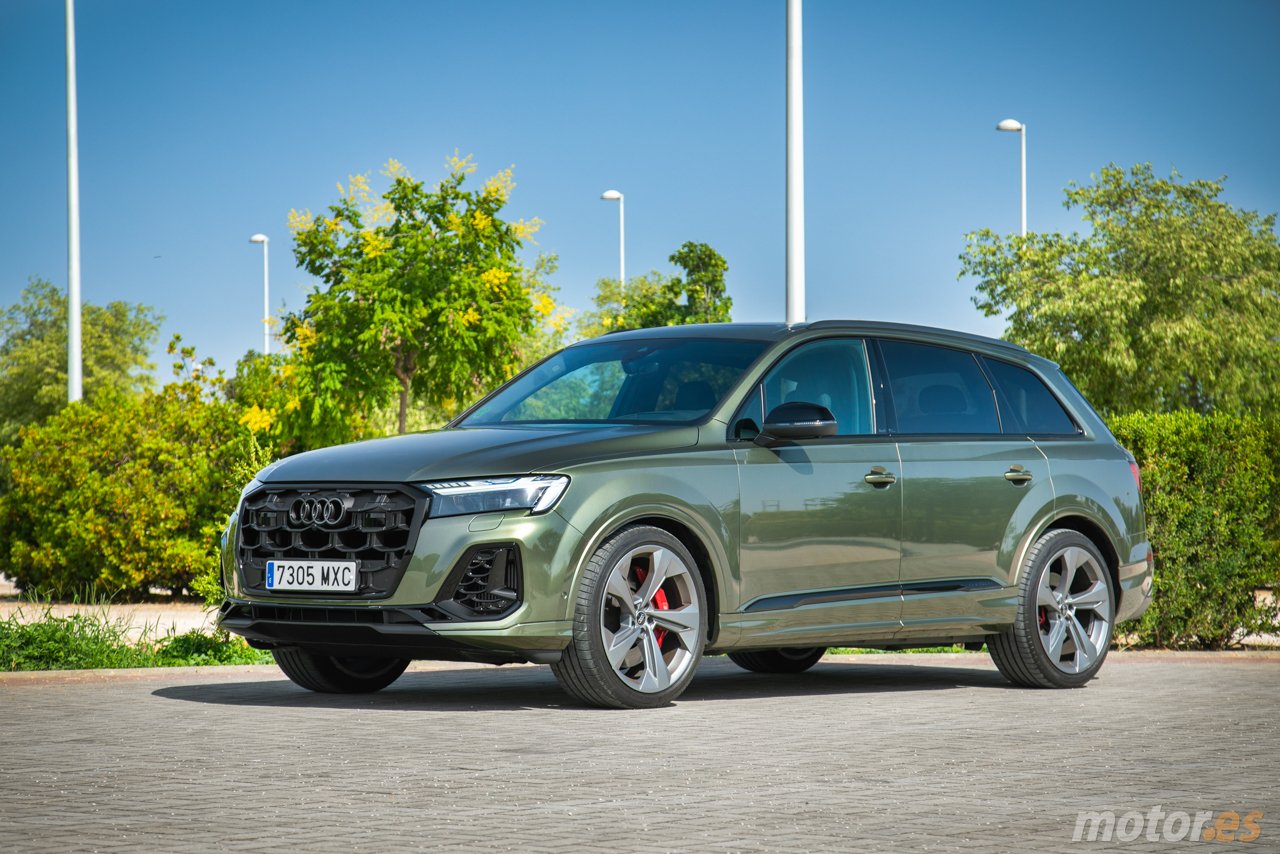
As the world advances rapidly, time often becomes a poor ally for brands. Technological obsolescence quickly affects any product on the market. In a matter of months, a phone, a television, or a car can become outdated with the arrival of a new advancement or technology. When the current Audi Q7 arrived, we knew almost nothing about electric cars. Today they are a reality, and the Q7 is still here. When something is done well, it doesn't matter how much time passes. The Q7 remains relevant.
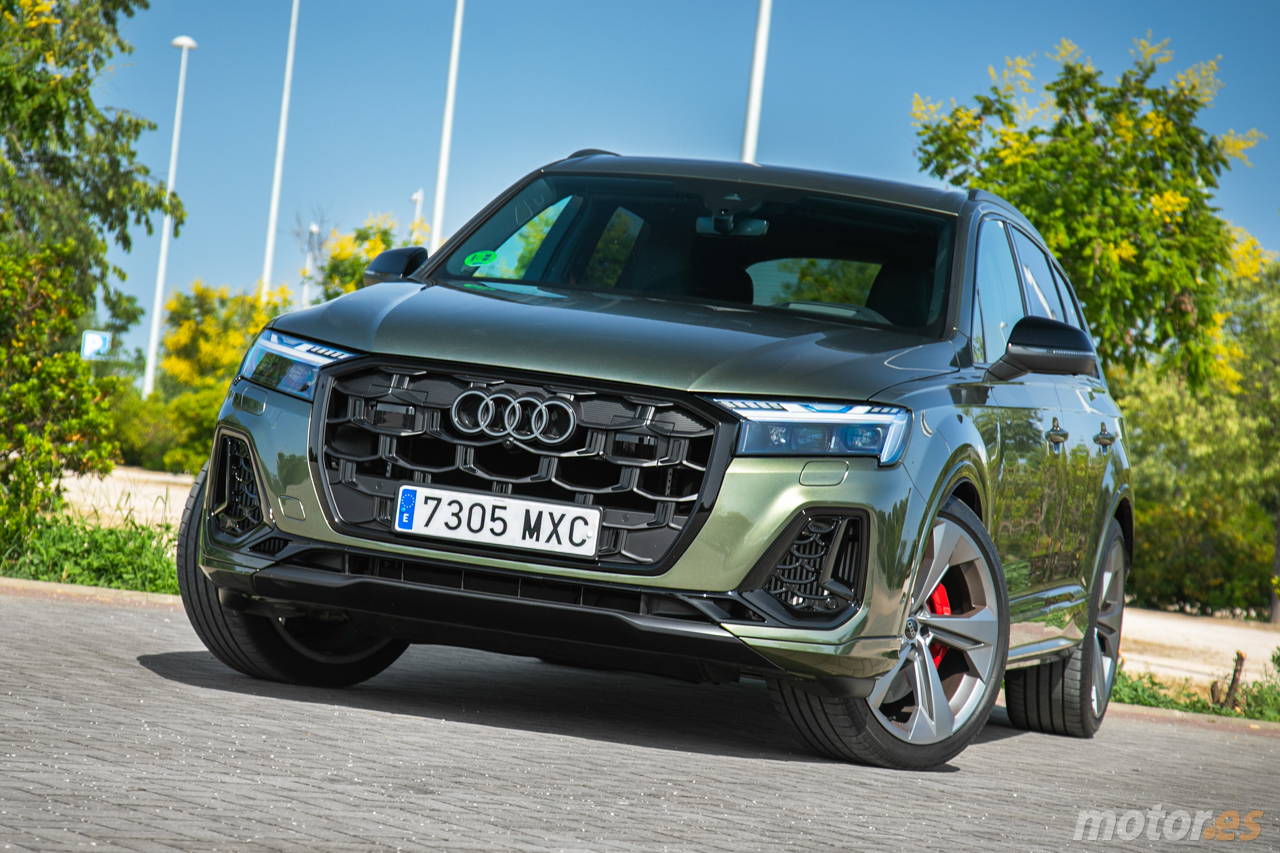
It is true that we have experienced two renewals of the Q7, one in 2019 and another more recently in 2024. Despite this, the structure is the same as it was presented a decade ago. The MLB platform has evolved over the years, allowing the Q7 to access new technology and new propulsion systems. Thanks to this, the German SUV has been able to improve and adapt to the times. Unfortunately, the current Q7 does not have the same success as the first generation. Today it has been surpassed by many rivals from both outside and inside the brand, such as the Audi Q8.
Models like the BMW X5 or the Mercedes GLE have been updated more and better than the one from Ingolstadt. The big question is, is it still a logical purchase option? Yes, it still is. Do not doubt it for a second. In 2019, Audi introduced electrified versions to the range, the same ones that today offer greater electric ranges, up to 84 kilometers, like the Q7 55 TFSIe that my colleague Óscar Magro tested recently. We also have gasoline engines and the most logical diesel with MHEV (mild hybrid) systems. The entire range enjoys the ECO or ZERO label from the DGT, except for the version that today focuses all our attention; the Audi SQ7.
Does it make sense to have a large seven-seater SUV with a V8 engine producing 507 horsepower? With my head, I say no, with my heart, I respond more than ever. Today all the news and current events are related to electric cars. I do not oppose them, but it is also true that passion is missed in the industry. Cars have ceased to be a family member and have become mere objects that take us from A to B. The SQ7 recovers that essence and does it really well. It is a car from another era. A car that makes no sense in today's world, and that's why it makes more sense than ever.
It remains powerful when you see it from the outside. Elegant, well-executed, and with shapes -as has been demonstrated- that are timeless. It does not overdo the drama to make itself noticed. Everyone knows the Q7 and takes advantage of it. It goes without saying that the sporty version includes personal elements like the wheels, brakes, or exhaust system. But seen from the outside, nothing seems to indicate that this car, if it wants to, is capable of making some sports cars look ridiculous that today travel our roads. The SQ7 deceives, but just pressing a button reveals what it hides.
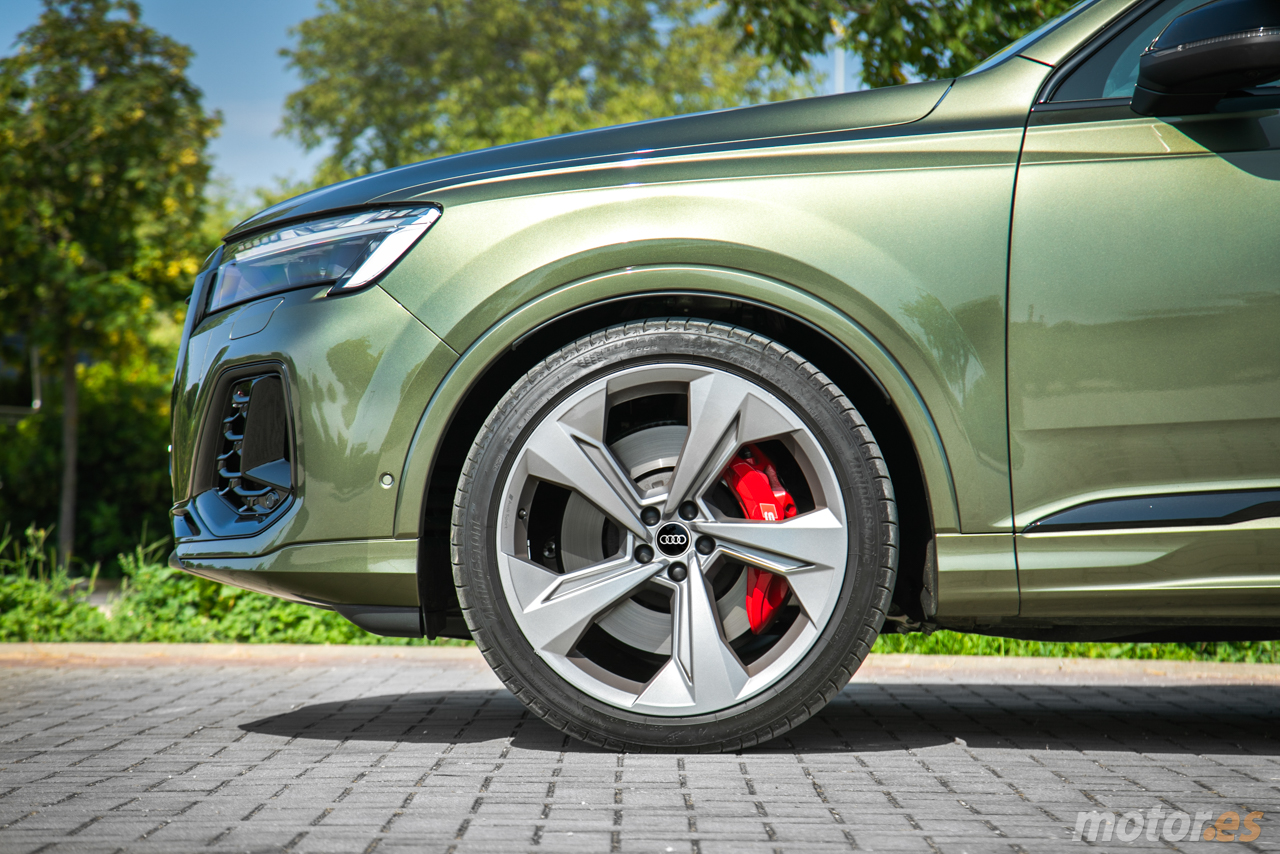
That button is none other than the ignition. When activated, the exhaust emits a powerful, throaty roar, a bit coarse. It is not hybrid, much less electric. The SQ7 burns dinosaur juice without any shame. It sounds really good. It sounds like pure V8, which is what is installed under the hood. An eight-cylinder turbocharged V engine developed by Porsche for its larger cars, Panamera and Cayenne. A huge piece of aluminum with a double overhead camshaft and a compression ratio of 10.1:1 with 507 horsepower at 5,500 rpm and 770 Nm of torque between 2,000 and 4,000 rpm.
All that power is transmitted to all four wheels through an eight-speed automatic torque converter transmission. All the weight, the 2,340 kilograms it claims, is supported by a variable height and stiffness air suspension and by four tires measuring 285/40 R21 109Y (22 inches for the test unit). It is a piece of engine. An engine against pollution laws, against eco gears, and against screaming children. With a good handful of euros in the account, it is one of the most serious options that would become part of my garage.
It is the same engine I already talked about in the test of the Audi RS 6 Avant. It is proven technology, basic for the times we live in. Designed to excite more than to wave the flag of savings. It does everything but save. The average consumption is over 12 liters per 100 kilometers (when driving calmly). All the figures it claims would make any tree lover faint, but there it is. Ready to take off and bring a smile to your face. It makes no sense to buy an SQ7, but it is one of those purchases made with the heart more than with the head. It is not a car designed to take you from A to B; it is a car designed to excite you when you go to work, when you pick up the kids from school, or when you go on a trip.
It performs in each and every one of those scenarios. It is a refined and sophisticated SUV for day-to-day use and a beast when we want to push it. Something we won't take long to do. As I said, the set relies on a very convenient variable air suspension for this type of car. It provides comfort and also stabilizes the body against weight changes, but I fear it still shows a more comfortable than dynamic behavior. Something completely normal when it comes to containing so much weight and such a magnitude of reactions.
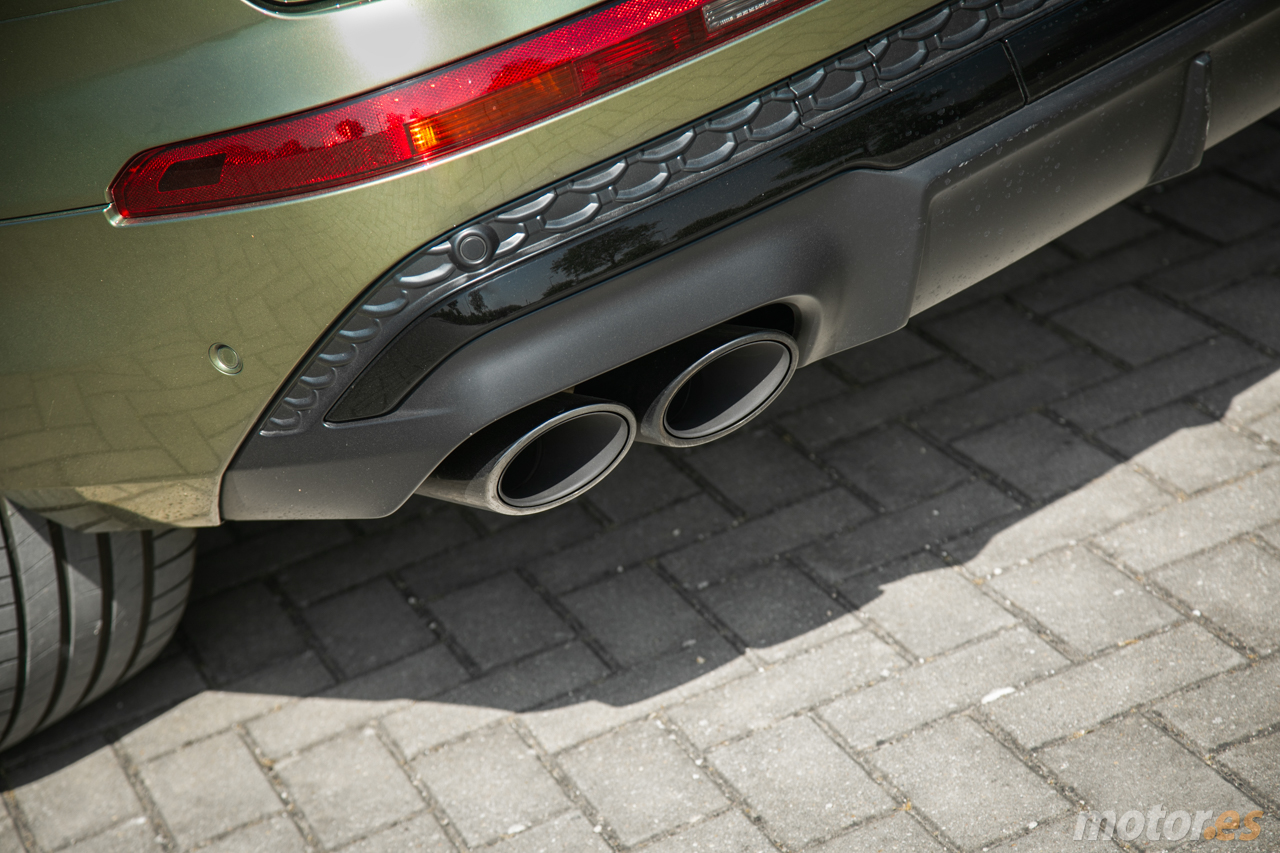
The Audi SQ7 can accelerate from 0 to 100 km/h in just 4.1 seconds. There are many electric cars that claim higher figures than that. The top speed is 250 km/h. The V8 stretches to infinity, surpassing the 6,000 rpm barrier. You never finish it. Before reaching the limit, it has given its best, and it is the transmission that ensures the rhythm by shifting gears at a frantic pace. A torque converter that perfectly utilizes each and every one of the 3,996 cubic centimeters displaced by the eight cylinders.
As you might have guessed, the SQ7 runs and runs with great ease. Perhaps too much. To contain the response, Audi has designed its usual driving modes. From the Comfort level to the most exaggerated Dynamic, passing through the off-road driving programs -unnecessary given such a large wheel size- and the Individual mode that adjusts the car to our liking. The most evident change is felt in the speed of the shift and the sensitivity of the accelerator. In the most relaxed mode, it becomes soft and slow, while in the sports program, it tightens the responses a lot. There is one element that does not change much, the suspension.
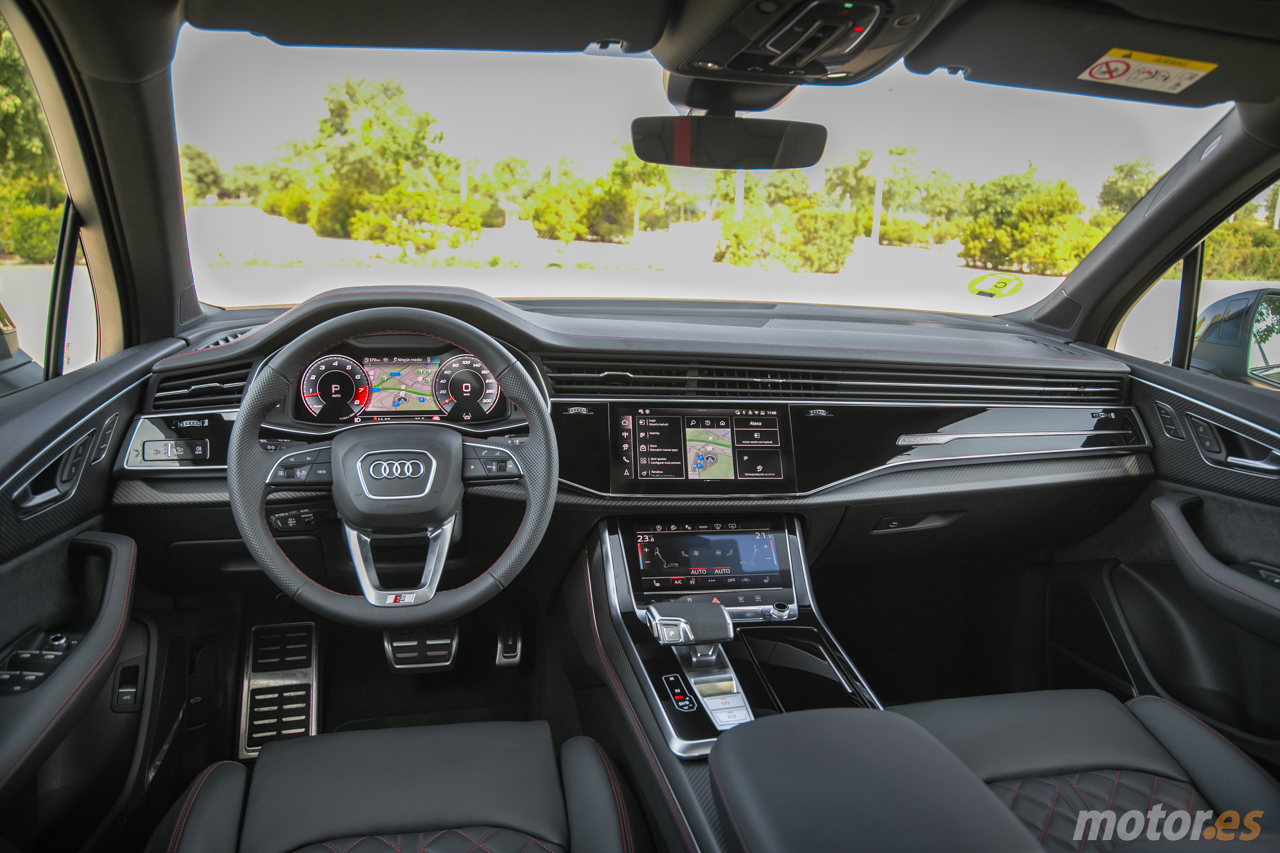
While the Audi RS Q8 I tested some time ago seemed excellent for its tuning, the SQ7 is much softer. The air suspension contains the body roll well, but it does not reach the RS limit. Logical and expected, on the other hand. The SQ7 does not abandon the comfortable and cruising focus for which it was created. Despite the wheel size, the power of the engine, and the suspension, it remains an extraordinarily comfortable car for all types of use. It is softer than hard. More comfortable than dynamic. On a winding stretch, pushed to the limit, it falls apart sooner rather than later.
The power is there to accelerate like a beast and to travel with exceptional reserve. It is what the Germans define as the Autobahn effect. You can comfortably go at 150 km/h, press the pedal, and continue gaining speed easily. Who says 150 says 180 or 200 km/h. It is a car designed to perform well at those speeds, although legally I do not advise it. Does this detract from its value? Not for me. It must be understood that the customer looking for wildness will not have the SQ7 on their list of candidates. However, that family looking for a good SUV with a great engine and without a trace of electrification should definitely consider it. They will like it just by trying it.
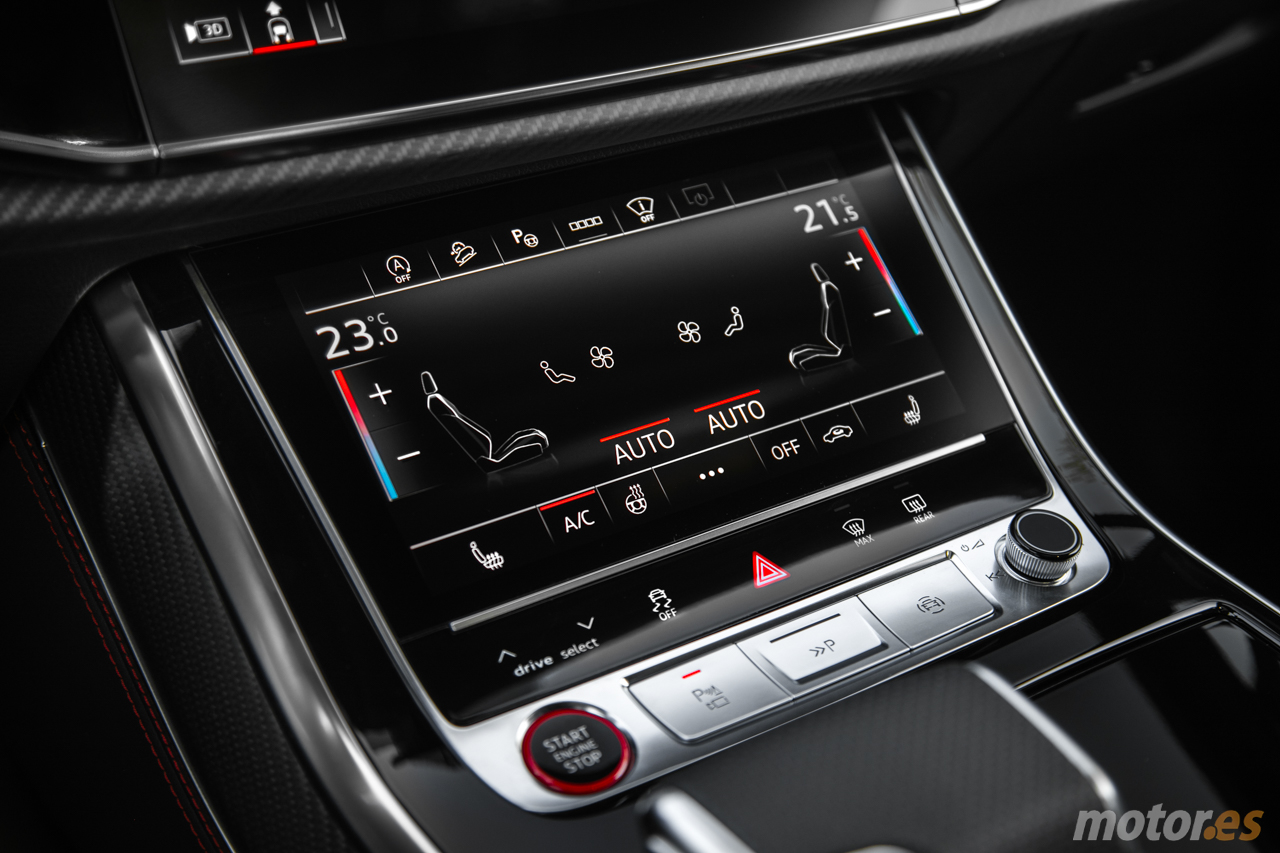
With the Audi SQ7, you don't have to give up anything, except being able to travel more than 700 kilometers without stopping to refuel. Inside, it is as well finished as outside. It lacks no technical resources. It has matrix LED headlights, electric, ventilated, and climate-controlled seats, Android Auto, Apple CarPlay, parking cameras, driving assistants, Head-Up Display, ambient lighting, panoramic sunroof, power door closure... In other words, everything that is currently required of a new car. It lacks nothing useful, although it is true that many of those options cost an arm and a leg.
On a family level, it also makes a lot of sense. It is available with five or seven seats. Access to the third row is somewhat narrow and uncomfortable, ideal for children, but not so much for adults. The second row is spacious and has the advantage that the seats can move longitudinally. You can play with the space to adapt it to any need. Finally, the trunk is large. Very large. It has a minimum capacity of 887 liters (793 liters for the seven-seater version) and a maximum volume of 1,921 liters. Keep in mind that a PHEV reduces that figure to 563 liters.
